CARVING A LEGACY
HOKUSAI AND THE ART OF JAPANESE WOODBLOCK PRINTING
To mark the launch of our collaboration with The Met, which celebrates Katsushika Hokusai, we asked artist Hiroko Imada to create a woodblock print to commemorate the partnership. Hiroko is a Tokyo-born artist who specialises in teaching Japanese woodblock printing. We spent the day with Hiroko in her studio to learn more about what makes Japanese woodblock printmaking unique and about preserving and teaching traditional methods — and her determination to carve a long career that doesn't compromise authenticity and relentless creativity.
Unable to see the video above? You may need to change your cookie settings: CHANGE PREFERENCES
Need subtitles? Click the symbols at the bottom right to select your language. More languages can be found through 'Auto-Translate'
CARVING A LEGACY
HOKUSAI AND THE ART OF JAPANESE WOODBLOCK PRINTING
To mark the launch of our collaboration with The Met, which celebrates Katsushika Hokusai, we asked artist Hiroko Imada to create a woodblock print to commemorate the partnership. Hiroko is a Tokyo-born artist who specialises in teaching Japanese woodblock printing. We spent the day with Hiroko in her studio to learn more about what makes Japanese woodblock printmaking unique and about preserving and teaching traditional methods — and her determination to carve a long career that doesn't compromise authenticity and relentless creativity.
Unable to see the video above? You may need to change your cookie settings: CHANGE PREFERENCES
Need subtitles? Click the symbols at the bottom right to select your language. More languages can be found through 'Auto-Translate'
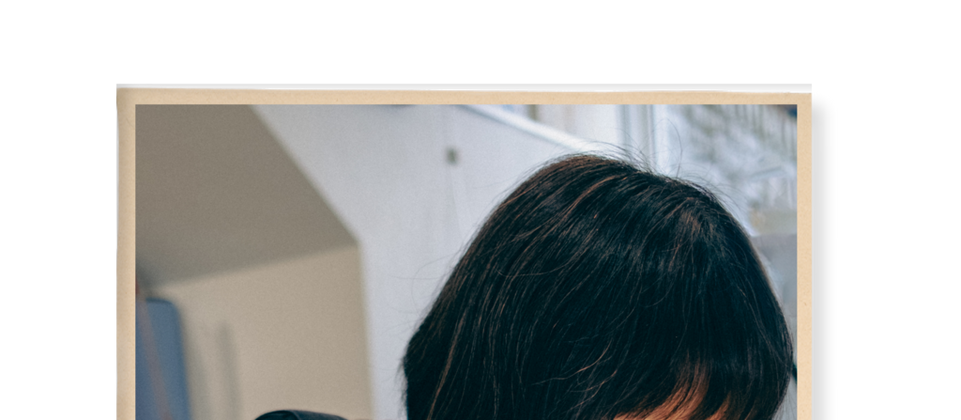
“I ALWAYS TELL MYSELF THAT MY CAREER WILL PROBABLY START AT 60 — THEN I CAN WORK UNTIL I’M 90 OR EVEN 100.”

DM'S: Tell us about your work. What drew you to woodblock printmaking?
Hiroko Imada I initially studied the Japanese woodblock printmaking method in Japan when I was at university. Then I came to the UK to study printmaking as a postgraduate at the Slade School of Fine Art. My tutor told me the method wasn’t very well known here and that I should start teaching it — so I felt I should also be practising. I started producing my Japanese woodblock prints alongside other methods like lithography.
DM'S: What inspires your work?
Hiroko Imada That’s a difficult question! My inspiration mainly comes from nature and its movement – I’ve always tried to capture the movement in abstract format. I try to take the moments into myself first, then express them in my way rather than observationally.
“I ALWAYS TELL MYSELF THAT MY CAREER WILL PROBABLY START AT 60 — THEN I CAN WORK UNTIL I’M 90 OR EVEN 100.”
DM'S: Tell us about your work. What drew you to woodblock printmaking?
Hiroko Imada I initially studied the Japanese woodblock printmaking method in Japan when I was at university. Then I came to the UK to study printmaking as a postgraduate at the Slade School of Fine Art. My tutor told me the method wasn’t very well known here and that I should start teaching it — so I felt I should also be practising. I started producing my Japanese woodblock prints alongside other methods like lithography.
DM'S: What inspires your work?
Hiroko Imada That’s a difficult question! My inspiration mainly comes from nature and its movement – I’ve always tried to capture the movement in abstract format. I try to take the moments into myself first, then express them in my way rather than observationally.

“AS AN ARTIST TODAY, I CHOOSE MY SUBJECT MYSELF – I HAVE MORE ARTISTIC FREEDOM.”
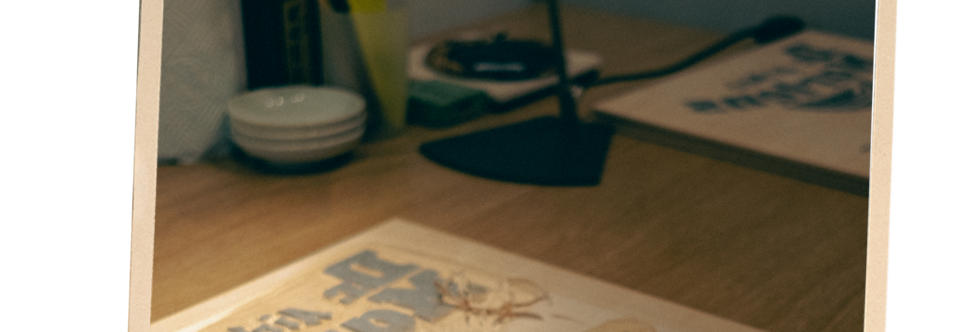
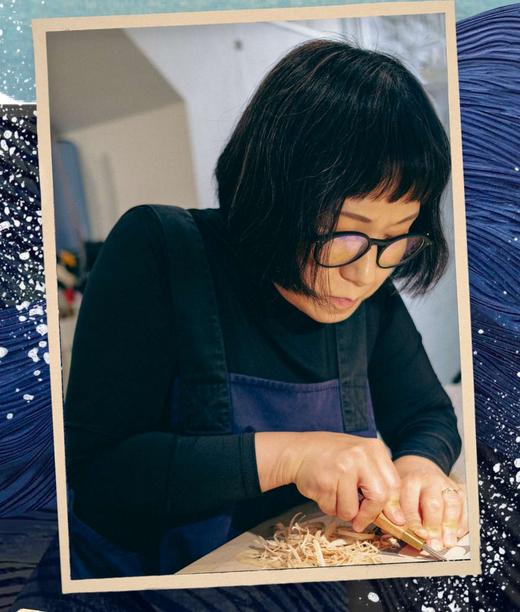
“AS AN ARTIST TODAY, I CHOOSE MY SUBJECT MYSELF – I HAVE MORE ARTISTIC FREEDOM.”
DM'S: Can you talk us through your process?
Hiroko Imada I first design the block using any research I’ve gathered and photographs I’ve taken. Then I’ll pick out the natural movement in the images and create a very rough sketch. When I teach, I focus on the precision of the process, but my own work is very spontaneous. If it’s too planned, I’ll lose the flow of the lines, which loses the natural sense of movement.
DM'S: How did you first encounter Hokusai’s work?
Hiroko Imada Hokusai is just so well known in Japan — and all over the world. When I was a child, I must have already come across Hokusai’s work — but it’s almost like I don’t remember because it’s always been there, so I can’t identify the first moment. I’ve known it since I was born. And Japanese woodblock printing is very natural for us, we learned the method in a simple form at primary school – so everybody knows the basics.
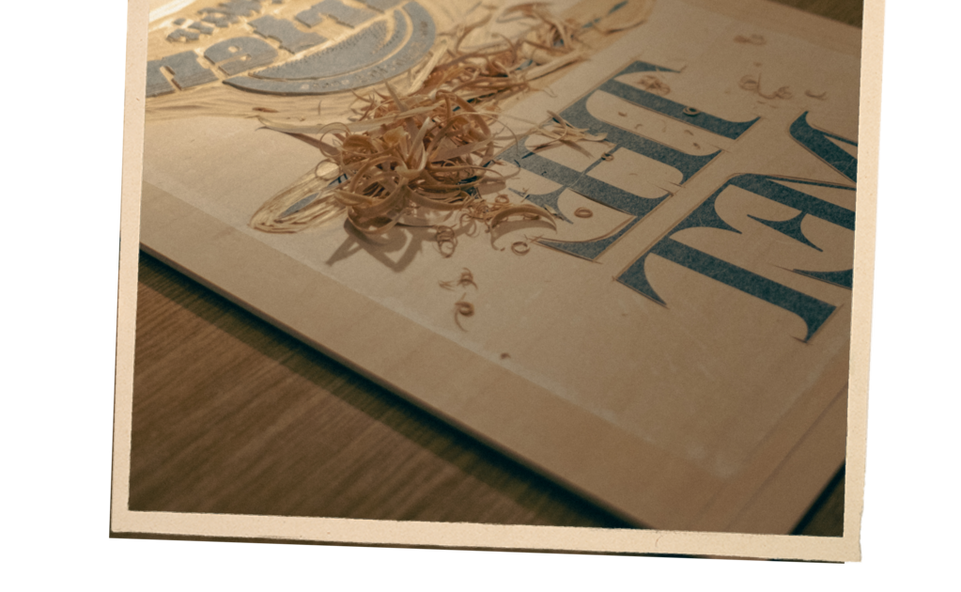
DM'S: Can you talk us through your process?
Hiroko Imada I first design the block using any research I’ve gathered and photographs I’ve taken. Then I’ll pick out the natural movement in the images and create a very rough sketch. When I teach, I focus on the precision of the process, but my own work is very spontaneous. If it’s too planned, I’ll lose the flow of the lines, which loses the natural sense of movement.
DM'S: How did you first encounter Hokusai’s work?
Hiroko Imada Hokusai is just so well known in Japan — and all over the world. When I was a child, I must have already come across Hokusai’s work — but it’s almost like I don’t remember because it’s always been there, so I can’t identify the first moment. I’ve known it since I was born. And Japanese woodblock printing is very natural for us, we learned the method in a simple form at primary school – so everybody knows the basics.
“HOKUSAI’S WORK HAD EVERYTHING.
DYNAMISM, SIMPLICITY AND BOLDNESS.”
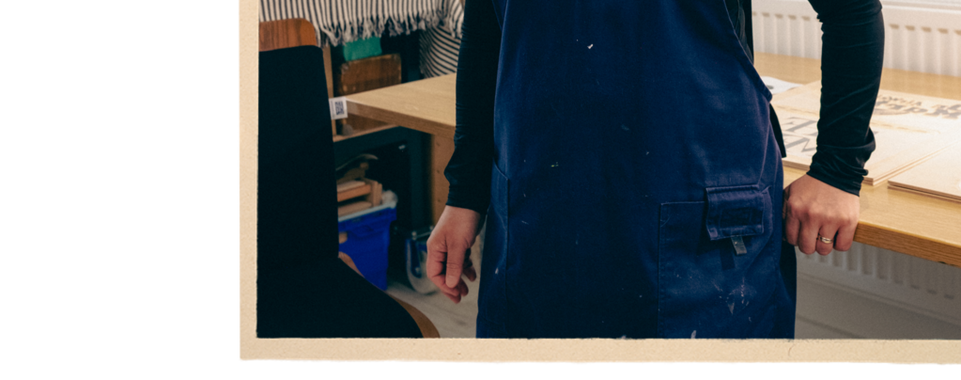
DM'S: Hokusai worked in a team, whereas you work alone. How does this impact your process?
Hiroko Imada In Hokusai’s period, Japanese woodblock printing wasn’t really considered ‘art’ – it was more like photography for a newspaper or a magazine. A lot of hands went into producing just one print. As an artist today, I choose my subject myself. I have more artistic freedom — and no publisher! But I do produce everything myself. It’s not easy to reach the standard of the Edo period – they had a specialist responsible for every point of the process, whereas we cover everything ourselves.
DM'S: Why do you think Hokusai’s work transcended class structures and has mass appeal?
Hiroko Imada I think it’s because Hokusai’s work had everything. Dynamism, simplicity and boldness. The prints were small and accessible, and his subjects were picked from the daily lives of ordinary people, so they appealed to everyone.
DM'S: Hokusai is quoted as saying that nothing he did before the age of 70 was worth bothering with — how do you stay determined?
Hiroko Imada I always tell myself that my career will probably start at 60, so I don’t need to rush. I can just take it one step at a time and expand my work. Obviously, for that to work, I need to stay healthy — so that’s my main concern. Then I can work until I’m 90 or even 100!
“HOKUSAI’S WORK HAD EVERYTHING. DYNAMISM, SIMPLICITY AND BOLDNESS.”
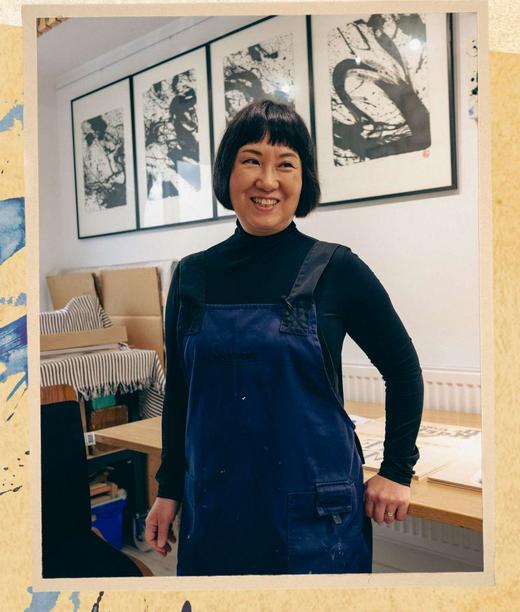
DM'S: Hokusai worked in a team, whereas you work alone. How does this impact your process?
Hiroko Imada In Hokusai’s period, Japanese woodblock printing wasn’t really considered ‘art’ – it was more like photography for a newspaper or a magazine. A lot of hands went into producing just one print. As an artist today, I choose my subject myself. I have more artistic freedom — and no publisher! But I do produce everything myself. It’s not easy to reach the standard of the Edo period – they had a specialist responsible for every point of the process, whereas we cover everything ourselves.
DM'S: Why do you think Hokusai’s work transcended class structures and has mass appeal?
Hiroko Imada I think it’s because Hokusai’s work had everything. Dynamism, simplicity and boldness. The prints were small and accessible, and his subjects were picked from the daily lives of ordinary people, so they appealed to everyone.
DM'S: Hokusai is quoted as saying that nothing he did before the age of 70 was worth bothering with — how do you stay determined?
Hiroko Imada I always tell myself that my career will probably start at 60, so I don’t need to rush. I can just take it one step at a time and expand my work. Obviously, for that to work, I need to stay healthy — so that’s my main concern. Then I can work until I’m 90 or even 100!

